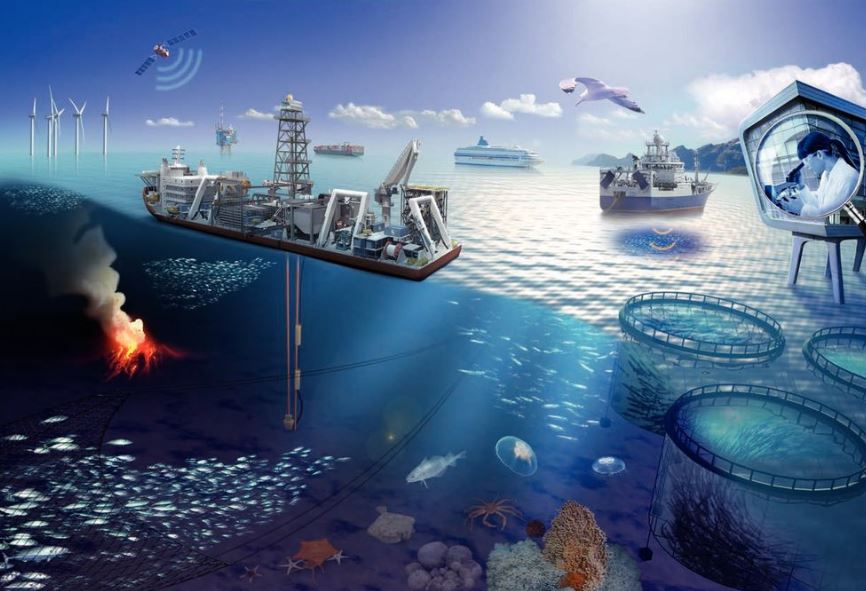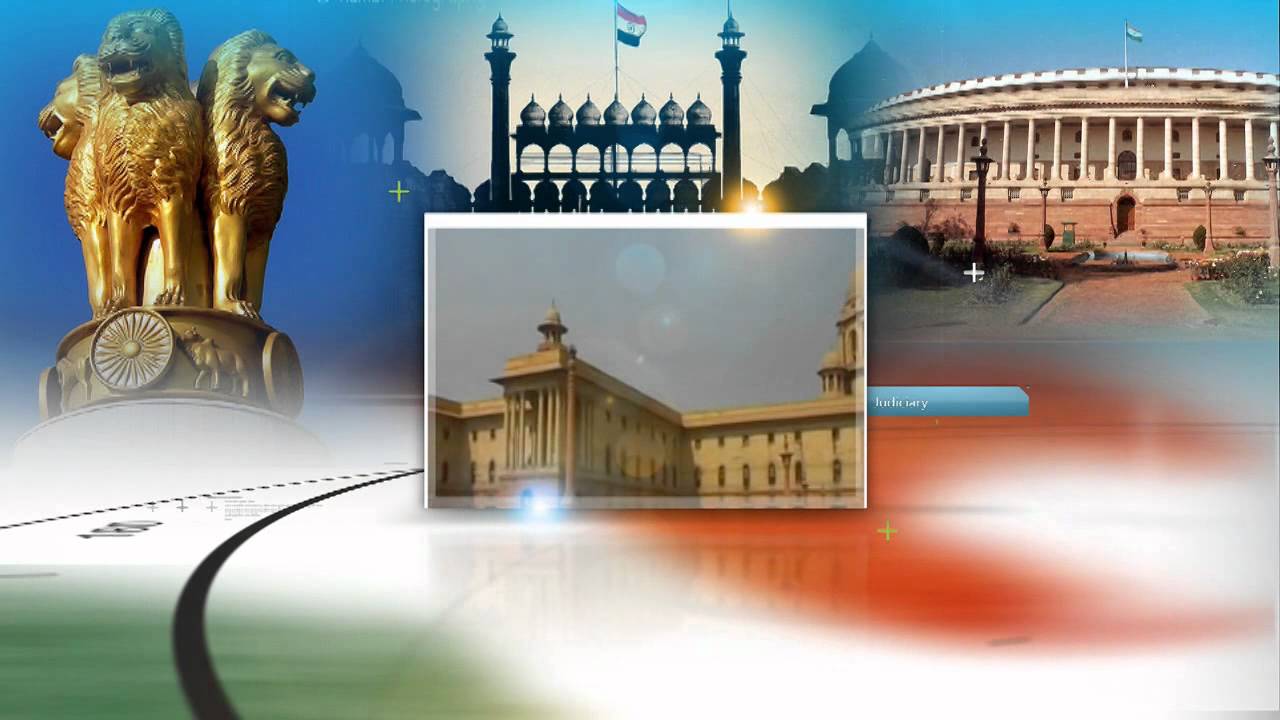India at the Crossroads: From Economic Giant to Geopolitical Leader
The Rise of a Sleeping Giant
India stands on the threshold of a new era, where its economic achievements demand a matching stature in global affairs. As the fifth-largest economy and a thriving democracy, India commands growing respect on the international stage. Yet, its geopolitical posture remains hesitant, often choosing economic caution over strategic boldness. This reluctance, while rooted in understandable priorities, poses the risk of India missing its moment to lead. In a world reshaping itself through fragmentation, nationalism, and shifting alliances, India cannot afford to remain on the sidelines. Its economic power, if not translated into political leadership, risks being overshadowed by more assertive nations such as Türkiye, Saudi Arabia, and China.
India’s recent acknowledgement by Russian President Vladimir Putin for its balanced role in the Ukraine-Russia conflict is not merely a diplomatic compliment—it is an invitation for India to ascend to a more influential role. The world is looking for new leaders, and India, with its unique position of credibility and neutrality, is well-placed to fill that vacuum. But the question lingers: will India seize this moment, or let others shape the future?
What is the economics ?
Economics is the study of how individuals, businesses, and governments allocate scarce resources to satisfy needs and wants. It examines production, distribution, and consumption of goods and services, focusing on efficiency, trade, markets, and decision-making to maximize well-being.
What does geopolitical mean ?
Geopolitical refers to the influence of geography on politics, international relations, and global power dynamics. It examines how factors like location, natural resources, borders, and demographics shape a country’s strategy, alliances, and conflicts. Geopolitics helps analyse global events, trade policies, military strategies, and diplomatic relations between nations, impacting economic and security decisions worldwide.
A Legacy of Leadership: India’s Historical Interventions
Contrary to perceptions of passivity, India’s history is replete with moments of bold, strategic action. Its intervention in the 1971 Bangladesh Liberation War not only halted a genocide but redrew the map of South Asia. In 1988, Operation Cactus saw Indian troops deployed to thwart a coup in the Maldives, demonstrating India’s commitment to regional stability. Even in peacetime, India has played the role of a responsible power—leading anti-piracy operations in the Indian Ocean and contributing significantly to UN peacekeeping missions since 1948.
India’s commitment to global welfare extends beyond the battlefield. During the COVID-19 pandemic, the country spearheaded ‘Vaccine Maitri’, delivering millions of vaccine doses to over 90 countries. Its leadership in climate change through the International Solar Alliance and sustainable development initiatives show that India understands that power is not only projected through weapons, but through compassion, cooperation, and credibility. These examples showcase a country capable of decisive leadership when it chooses to act—an ability that must now be scaled globally.
Economic Ascent and Strategic Hesitancy
The 21st century has seen India focusing intensely on economic growth—a logical and necessary pursuit. From liberalisation in 1991 to its emergence as one of the fastest-growing major economies, India’s domestic agenda has been largely shaped by development goals. This includes reducing poverty, building infrastructure, fostering a digital economy, and modernising industries. These priorities have paid off, with projections suggesting India could soon surpass Japan and Germany to become the world’s third-largest economy.
However, this economic focus has come with a geopolitical cost. Indian foreign policy has often leaned toward caution, aimed at maintaining stable relations with competing global powers like the United States, Russia, China, and the Gulf nations. India’s abstentions in United Nations Security Council (UNSC) votes on Ukraine exemplify this careful balancing act. While the strategy has preserved economic ties, it has also left India appearing noncommittal during critical global crises—creating an impression of a passive power rather than an assertive leader.
The Risk of Remaining a Bystander
Geopolitics, much like nature, abhors a vacuum. When influential nations step back, others step in. This is exactly what has happened in India’s absence from major conflict-resolution efforts. Türkiye hosted peace talks between Ukraine and Russia in 2022. Saudi Arabia has taken bold steps to mediate conflicts in West Asia and even facilitate U.S.-Russia discussions. Qatar has acted as a venue for conflict resolutions in Africa. These are not just acts of diplomacy—they are steps toward global influence.
If India continues to shy away from proactive roles, it will gradually lose strategic space to nations that are willing to engage. Its credibility, built through historical and humanitarian contributions, risks being diluted by inaction. Moreover, regions like West Asia, Africa, and the Indo-Pacific—where India has substantial stakes—are seeing rising Chinese, Russian, and Gulf influence. If India does not rise to the occasion, its absence may be filled by nations whose values and long-term interests do not align with its own.
A Multipolar World and the Window of Opportunity
Today’s global order is shifting from unipolar dominance to multipolar balance. The U.S.-China rivalry is dividing global influence into spheres, with middle powers like Saudi Arabia, Türkiye, and Brazil also rising. As alliances shift and economic blocs fragment, India has a rare chance to assert itself—not just as a regional counterbalance to China, but as a global pole in its own right.
India’s unique diplomatic posture—neither fully aligned with the West nor hostile to traditional partners like Russia—makes it an ideal bridge between the Global North and Global South. But bridges must be walked upon to serve their purpose. India needs to transform its identity from a balancing power to a leading power. This involves proactive engagement in conflict zones, economic agreements with Europe and East Asia, and strategic outreach to Africa and Latin America.
Reforming Within: Strengthening India from the Inside
To lead globally, India must first strengthen itself internally. Geopolitical power is not just about diplomatic presence—it is built on economic resilience, defence capability, and technological innovation. The government’s push for Aatmanirbhar Bharat (self-reliant India) is a commendable start. Modernising defence production to reduce reliance on foreign imports, especially from Russia, is crucial. At the same time, India must boost its research and development in high-tech sectors such as artificial intelligence, semiconductors, and green energy.
Equally important are internal economic reforms. India must improve its ease of doing business, streamline its taxation system, and enhance trade infrastructure to become more globally competitive. These steps will not only attract foreign investment but also give India the economic muscle it needs to be taken seriously in international negotiations. A bilateral trade deal with the United States, for instance, could become the linchpin for deeper economic and strategic alignment with the West.
Beyond Bilateralism: Embracing Regional Strategies
India’s foreign policy must evolve beyond its traditional focus on bilateral ties. Regional strategies are essential for dealing with multilateral dynamics in West Asia, Central Asia, East Asia, and the Indo-Pacific. For example, while India has strong relations with Central Asian countries individually, it has reduced its involvement in the Shanghai Cooperation Organisation (SCO)—a mistake that allows China to dominate that space.
Similarly, India’s refusal to join the Regional Comprehensive Economic Partnership (RCEP) has created a void in East Asia that China is more than happy to fill. The European Union, grappling with internal divisions and security threats, is another region where India can expand influence through trade, technology, and energy partnerships. Africa, with its growing population and strategic resources, represents yet another frontier where India can counterbalance China’s Belt and Road Initiative with more transparent and sustainable development partnerships.
Redefining Multi-Alignment: Not Just a Strategy, but a Mindset
India’s traditional policy of non-alignment has matured into what many now call “multi-alignment”—maintaining strong ties with various nations regardless of their mutual rivalries. This has served India well, especially in a world where ideological blocs are less clear-cut. However, multi-alignment must evolve from being a passive hedge to an active tool for engagement.
This means not just avoiding taking sides, but actively promoting India’s vision of global peace, sustainable development, and democratic cooperation. It involves supporting United Nations reforms, building coalitions for climate justice, and mediating or facilitating peace talks where India holds credibility. Multi-alignment must reflect India’s ambition to be a global rule-shaper, not just a rule-follower.
The Responsibility of Influence
With great power comes great responsibility—a lesson India must now embrace. As a nation with the capacity to influence global outcomes, India cannot afford to stand by. The world is not waiting. Regional crises are escalating, international institutions are weakening, and authoritarian regimes are becoming more aggressive. Democracies like India must lead—not with arrogance, but with purpose.
India’s leadership is not just necessary for its own rise; it is essential for the stability of the world. From peacekeeping in Sudan to climate negotiations in Paris, India has already proven that it can contribute meaningfully. What is now needed is consistency, vision, and the will to act.
Conclusion: India’s Moment to Lead
India is no longer the emerging power—it has arrived. What remains is the choice of how it uses its newfound economic strength. Will it continue to prioritise development at the expense of global influence? Or will it finally step forward, embracing its role as a shaper of a new world order?
The answer lies in strategic boldness. By strengthening regional strategies, undertaking internal reforms, and asserting itself in global conflict resolution—not necessarily as a mediator but as a principled power—India can meet the growing expectations of the international community.
The world is entering a new phase of multipolarity, and India must decide: will it watch others lead, or will it lead others? The time for hesitation is over. The time for leadership is now.
Subscribe to our Youtube Channel for more Valuable Content – TheStudyias
Download the App to Subscribe to our Courses – Thestudyias
The Source’s Authority and Ownership of the Article is Claimed By THE STUDY IAS BY MANIKANT SINGH


